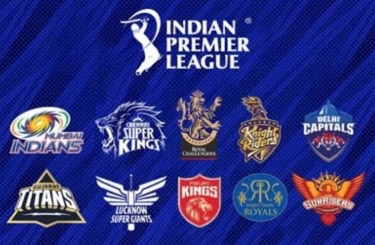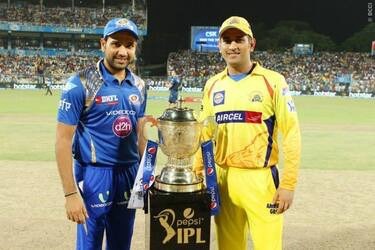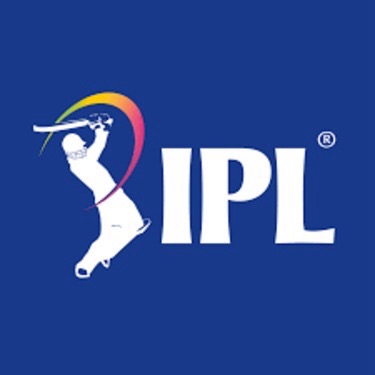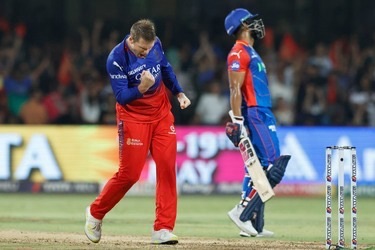The Indian Premier League (IPL) has transformed cricket into a global spectacle, captivating audiences far beyond India’s borders. Since its launch in 2008, the IPL has not only elevated cricket’s popularity but also changed how the game is played, marketed, and consumed. With its fast-paced format, star-studded lineups, and blend of sport and entertainment, the IPL has become more than just a cricket league—it’s a cultural phenomenon that draws millions of fans worldwide.

Let us explore the IPL’s journey, its economic impact, talent development, and the challenges it faces, revealing how it has redefined the future of cricket:
The Foundation of the IPL and Early Stage of the Story
The inception of the IPL followed India’s win at the 2007 ICC T20 World Cup. The BCCI seized this moment to introduce a franchise-based T20 league, seeking to leverage the growing interest in the shorter, fast-paced format of the game of cricket.
Launched in 2008, the IPL initially consisted of eight teams representing various Indian cities, owned by high-profile investors, including Bollywood celebrities and top industrialists. The league debuted with a thrilling match between the Kolkata Knight Riders and the Royal Challengers Bangalore, captivating audiences and setting the stage for what would become a cricketing phenomenon.
The IPL’s Unique Format and Structure
The IPL stands out from traditional cricket leagues due to its T20 format, where each team plays a single inning capped at 20 overs. This format allows matches to conclude within three hours, appealing to modern viewers seeking quicker results.

The tournament follows a round-robin format with playoffs, culminating in a final match to determine the season’s champion. The excitement is heightened by the inclusion of players from different countries, adding diversity and high performance to the league.
Expanding the Reach of T20 Cricket
The success of the IPL has popularized T20 cricket worldwide, influencing other nations to adopt similar leagues. The IPL has become a platform for emerging Indian players to showcase their talent and secure spots in the national team. Additionally, many international players participate in the IPL, which contributes to skill exchange and further solidifies cricket’s global presence.
Financial Powerhouse of Cricket
The IPL’s financial growth has been staggering. In 2022, its brand value was estimated at ₹90,038 crore (approximately $11 billion), reflecting its economic impact. The league achieved a valuation of $10.9 billion by December 2022, reaching “decacorn” status.

According to BCCI reports, the 2015 IPL season contributed ₹1,150 crore ($140 million) to India’s GDP. In 2023, the league secured media rights for $6.4 billion, underscoring its global appeal and financial prowess. Each IPL match is now valued at $13.4 million, showcasing the immense popularity and monetary strength of the league.
Revenue Distribution and Players’ Earnings
Despite the IPL’s success, player revenue has been a point of contention. While the IPL generates substantial income, players reportedly receive only 18% of this revenue—significantly lower than athletes in other major sports leagues who earn at least 50%.
According to Forbes India, the top 10 highest-paid IPL players earn an average salary of ₹12.37 crore ($1.5 million). These contracts cover only the tournament’s duration, so when prorated over a year, IPL salaries rank among the highest in professional sports globally. Calls for fairer player revenue distribution continue, but the IPL remains an attractive opportunity due to its high exposure and lucrative short-term contracts.
The Influence of the Indian Cricket League (ICL)
Before the IPL, the Indian Cricket League (ICL) emerged in 2007 as a pioneering attempt to establish a franchise-based cricket league in India. Although the ICL introduced the concept of T20 leagues, it struggled to gain traction due to a lack of official support from the BCCI and the International Cricket Council (ICC).
Players participating in the ICL faced bans from official cricket events, leading to the league’s decline. However, the ICL laid the groundwork for the IPL, which, with BCCI’s backing and strategic planning, succeeded in transforming Indian cricket.
The Global Appeal and Cultural Impact of the IPL
The IPL’s vibrant mix of entertainment, sport, and celebrity influence has made it a cultural phenomenon. From cheerleaders and team anthems to strategic timeouts and celebrity owners, the IPL is more than just a cricket league—it’s a complete entertainment package.

The league has attracted sponsorships from top brands, generating immense visibility for both the sport and its sponsors. Its reach extends to over 100 countries, and the tournament is watched by millions worldwide, with viewership numbers breaking records every season.
Moreover, the IPL has had a profound social impact in India, inspiring young cricketers across the country and fostering a spirit of unity among fans. Each season brings together fans from diverse backgrounds, united by their love for cricket and support for their favorite teams.
The league has also played a significant role in bridging the gap between urban and rural cricket fans, as the game becomes more accessible through digital streaming platforms.
The IPL’s Role in Talent Development
One of the most significant contributions of the IPL has been the development of young cricketing talent. The league’s franchise-based model encourages teams to invest in emerging players, offering them a platform to train alongside seasoned international cricketers.

This exposure to high-pressure games and mentorship has helped many Indian players hone their skills and earn places in the national team. Players like Jasprit Bumrah, Hardik Pandya, and Yuzvendra Chahal rose to fame through the IPL, using the league as a stepping stone to international success.
The Future of the IPL
As the IPL continues to grow, its future looks promising. The league is likely to expand, with the potential addition of more teams and possibly more matches, given the growing demand. The introduction of new technologies like real-time data analytics, virtual reality for enhanced fan engagement, and sustainable practices for stadium management could further elevate the league’s appeal.
Additionally, the IPL’s success may inspire other sports in India to adopt similar franchise-based models, boosting their popularity and bringing more sports into the mainstream. The BCCI also has ambitious plans to increase the global reach of the IPL, aiming to attract a larger international audience and potentially host IPL matches outside India, similar to the 2009 season held in South Africa.
The Story of IPL in a Nutshell

The IPL has revolutionized cricket, merging sport with entertainment in a way that appeals to a wide audience. It has transformed Indian cricket, elevating the game to a global platform and creating economic and cultural ripples far beyond the cricket field.
The league’s ability to balance high-quality cricket with commercial success has made it a model for other sports leagues worldwide. While challenges remain, the IPL’s impact on cricket and its enduring popularity suggest that it will continue to shape the future of the sport for years to come.





